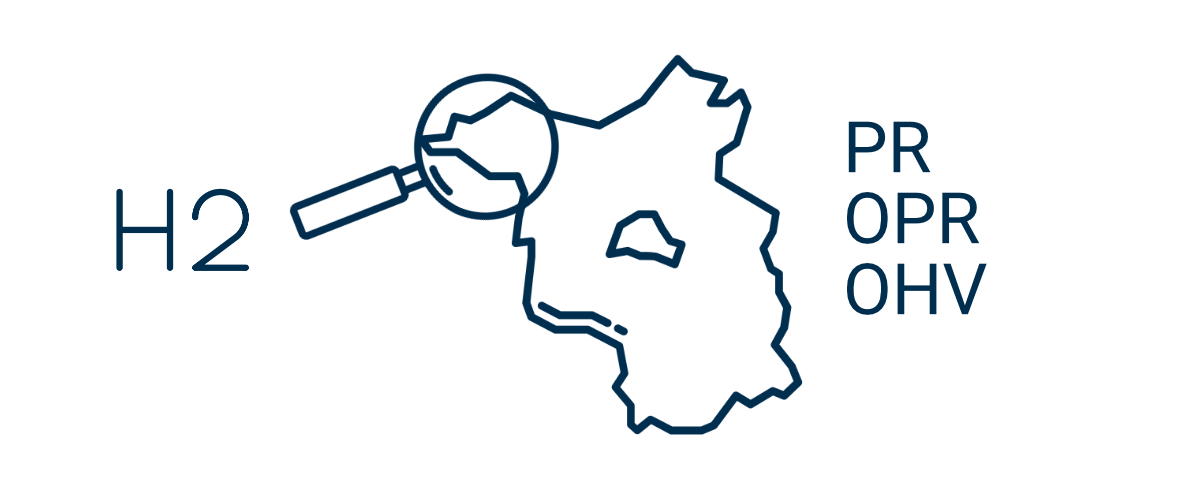
Potential study hydrogen economy Prignitz-Oberhavel
2. June 2022Comparing open source power system models – A case study focusing on fundamental modeling parameters for the German energy transition (van Ouwerkerk et al. 2022)
13. June 2022Code exposed: Review of five open-source frameworks for modeling renewable energy systems (Candas et al. 2022)

Soner Candas, Christoph Muschner, Stefanie Buchholz, Rasmus Bramstoft, Jonas van Ouwerkerk, Karlo Hainsch, Konstantin Löffler, Stephan Günther, Sarah Berendes, Stefanie Nguyen and Aparna Justin
Abstract — Energy system modeling is a commonly used method to provide policy recommendations and insight to
transformation pathways of energy systems. However, the low open-source availability of the frameworks
in practice often leads to low interpretability and transparency of energy modeling system configurations. The
configuration of an energy model entails how its system components, such as power plants, storage systems
and grids operate, and which parameters are used to define them. In order to understand the impact of
different model configurations and working principles on the model output, a thorough comparison between
various modeling frameworks is necessary. This work thereby consists of a comparison of five open-source
energy system modeling frameworks (OS-ESMFs) oemof, GENeSYS-MOD, Balmorel, urbs and GENESYS-2 on the
mathematical level and spotlights selected methodological differences in renewable energy system modeling.
The comparison shows diversity in the complexity of selected system components and helps to define the
best use-cases and scales of application for each framework. Impacts of modeled features on the results were
demonstrated by implementing two harmonized scenarios depicting the German electricity system using each
framework. While similar model results were obtained for both scenarios, some differences were present,
especially in the long-term expansion planning model. Some of those differences could be traced back to
the identified modeling differences.
Erschienen in: Renewable and Sustainable Energy Reviews Volume 161, June 2022, 112272.
Erschienen in: Renewable and Sustainable Energy Reviews Volume 161, June 2022, 112272.




